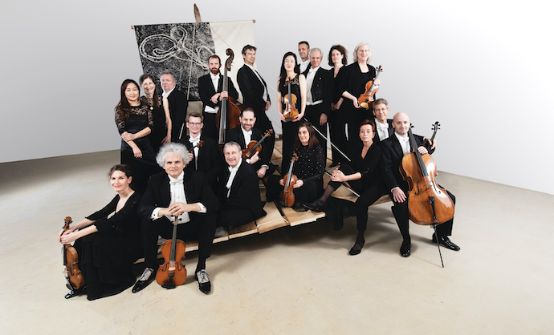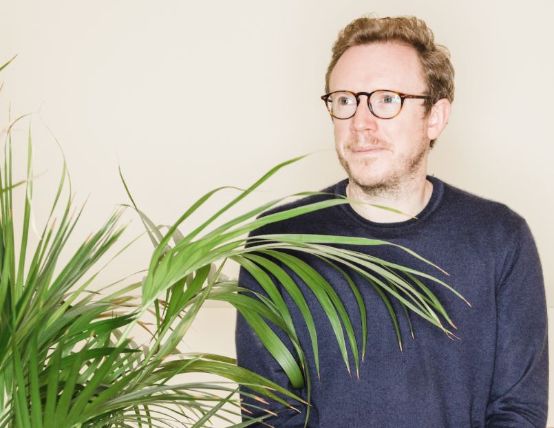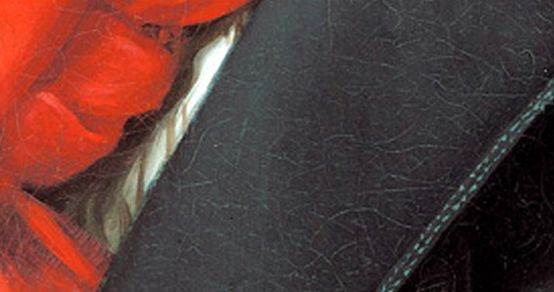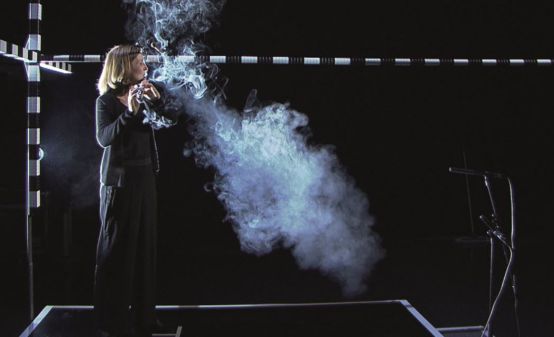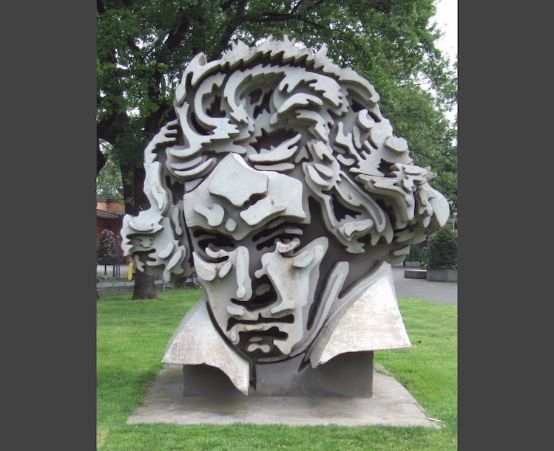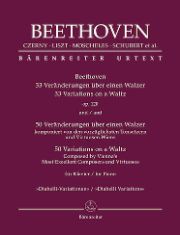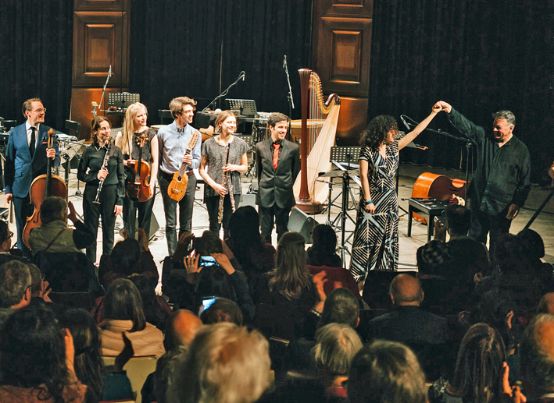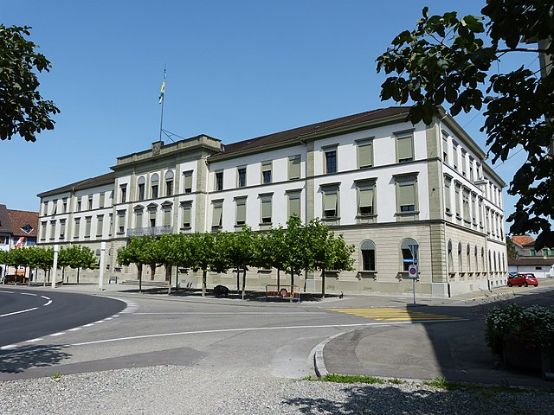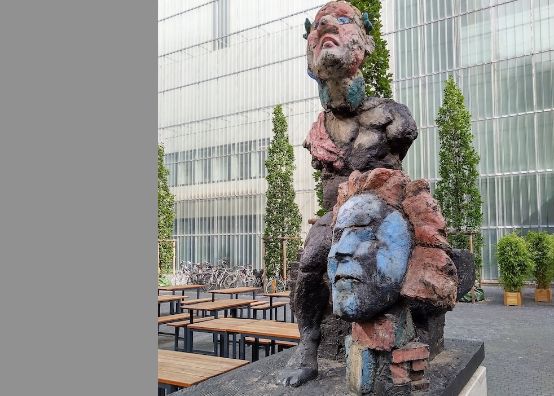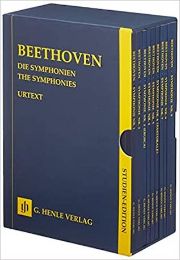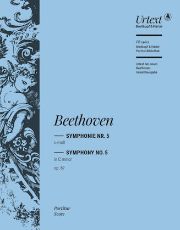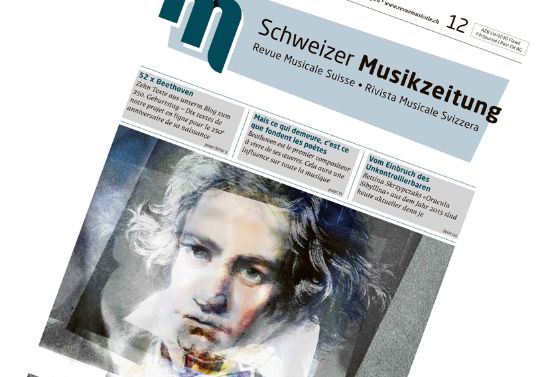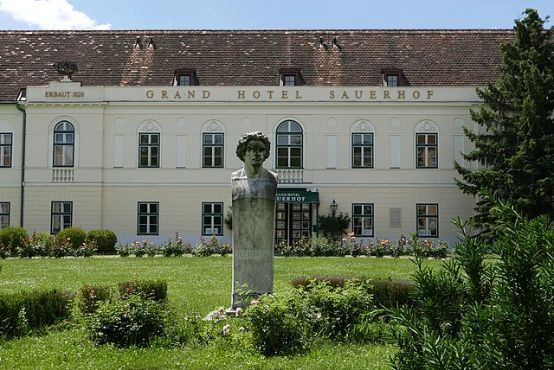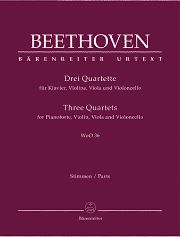Amendment of the Covid-19 Act
At the start of the 2020 winter session, the Culture Taskforce is calling on Parliament not to forget small businesses and employees on low incomes when discussing the Covid-19 Act - support should not be cut for those on the lowest incomes.
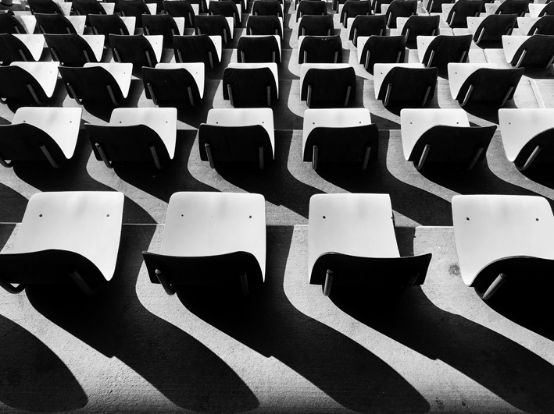
It was not yet known that the National Council had scuppered the broad-based business rent compromise on the first day of the 2020 winter session, meaning that the coronavirus rent discount was on the brink of failure, when the Culture Taskforce drafted the following media release. The letter, dated November 30, 2020, is quoted here in full.
1. hardship case: support only for the big ones?
The Swiss cultural sector is disappointed by the Federal Council's proposal to set the turnover threshold for hardship applications at CHF 100,000. In the cultural sector, as in the entire Swiss economy, there are numerous micro-enterprises and sole proprietorships that do not generate a turnover of CHF 100,000, but have nevertheless been operating solidly for many years. The Federal Council's explanation is therefore surprising: "The increase is intended to prevent the cantons' scarce administrative resources from being used to process applications from micro-enterprises" (https://www.admin.ch/gov/de/start/dokumentation/medienmitteilungen.msg-id-81342.html). The administrative burden on the cantons must not be allowed to take precedence over the existence of small businesses. If so, the implementation of the measures should be designed in such a way that the administrative burden is acceptable.
Fortunately, the WAK-N opposes this and proposes a turnover threshold for hardship applications of CHF 50,000 (https://www.parlament.ch/press-releases/Pages/mm-wak- n-2020-11-27.aspx).
In addition to the turnover threshold, the 40% drop in turnover also represents a major hurdle. After all, a drop in turnover of 10-20% can already lead to serious problems, especially for smaller companies that have hardly any financial reserves and have already suffered considerable losses in the nine months of the pandemic. We therefore welcome the minority motion to set the loss of turnover at 30%.
The WAK-N's proposal to include a share of uncovered fixed costs when calculating the loss of revenue is also very important.
2. failure or hardship? Often it's both.
According to the proposal, cultural enterprises that are entitled to compensation for loss are to be excluded from hardship compensation. This would be a catastrophe for the cultural sector, as the compensation can often only cover a (small) part of the damage due to a "cap" or other special cantonal rules. Access to hardship compensation is existential for cultural enterprises. Support already received should be taken into account so that no damage is compensated twice, but must not be automatically excluded.
3. short-time working compensation also for temporary employees
Temporary employment relationships are typical in the cultural sector: from directing to lighting technology and acting to composition. We therefore welcome the Federal Council's proposal that short-time work compensation must also be possible again for employees in fixed-term contracts. However, it is incomprehensible why this should not be granted retroactively as of September 1, 2020. After all, the KAE for fixed-term employment contracts ended at the end of August not because it was no longer needed, but because the weakest employees were left out in the cold. The Covid credit line has by no means been exhausted to date, and expenditure on the KAE to date is apparently also significantly lower than planned. It is therefore incomprehensible to reject the retroactive introduction of KAE for fixed-term employment contracts.
From the point of view of the cultural sector, it is also necessary to compensate net salaries of less than CHF 4000 at 100% instead of just 80%.
4. income replacement, but not for everyone
Since September 17, 2020, self-employed persons have only been able to receive coronavirus income compensation if they can prove a loss of turnover of 55%. This is a disaster for many self-employed cultural workers. With a median salary of CHF 40,000 a year, no one can survive on 45% of income. As a result, many self-employed cultural professionals receive neither income replacement nor compensation for loss of earnings (indirectly via the cultural companies). They fall through the cracks and have to use up their savings until they can apply for emergency aid. The fixed limit of 55% loss of revenue should be abolished; more flexible solutions are needed at ordinance level. The budget for corona income compensation has not yet been exhausted; arguing with financial fear scenarios at this stage is not fair in view of the existential need in the cultural sector.
It is already foreseeable that the current restriction of the Corona acquisition substitute to the end of June 2021 is not sensible. No events are currently being planned and no artists are being booked. The Covid pandemic will affect the return to normal operations in the cultural sector for far longer than in the hospitality industry or other sectors, for example.
5 ALV: Extend framework period
Freelancers are often unable to work for the required length of time to qualify for unemployment insurance within the two-year time limit, as they only receive very short employment contracts (e.g. for a gig or a speaking engagement). This applies even more since Covid-19. The framework period for employees in fixed-term employment and with frequently changing employers therefore urgently needs to be extended from two to four years.
CONCLUSION
The SNB has promised the Confederation and cantons a profit of CHF 4 billion. Even high losses in the last quarter of this year would not jeopardize this distribution (distribution reserve is currently around 100 billion, 40 billion is required). The Confederation and cantons can therefore count on this money. Against this backdrop and in view of the major impact on numerous small businesses and employees, we must not cut back on support for those with the lowest incomes."
The members of the Culture Taskforce
Olivier Babel (LIVRESUISSE), Stefan Breitenmoser (SMPA - Swiss Music Promoters Association), David Burger (MMFS - MusicManagersForum Suisse), Regine Helbling (Visarte - Professional Association of Visual Arts Switzerland), Liliana Heldner (DANSE SUISSE - Professional Association of Swiss Dance Professionals), Christian Jelk (Visarte - Professional Association of Visual Arts Switzerland), Sandra Künzi (t. Theaterschaffende Schweiz), Alex Meszmer (Suisseculture), Marlon Mc Neill (IndieSuisse - Association of Independent Music Labels and Producers, SMECA - Swiss Media Composers Association), Jonatan Niedrig (PETZI - Association of Swiss Music Clubs and Festivals), Nicole Pfister Fetz (A*dS - Authors of Switzerland, Suisseculture Sociale), Rosmarie Quadranti (Cultura), Nina Rindlisbacher (SMR - Swiss Music Council), Beat Santschi (SMV - Swiss Musicians' Association, the Swiss Musicians' Union), Christoph Trummer (SONART - Swiss Musicians' Union)
Link to the picture






